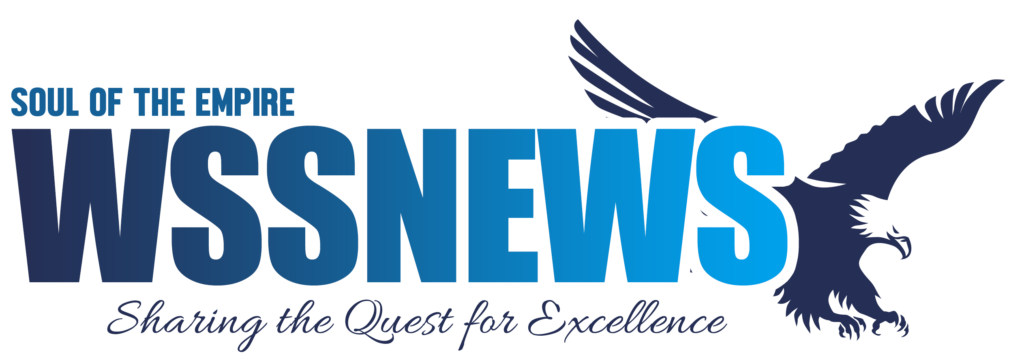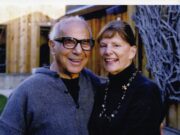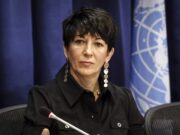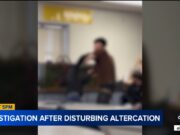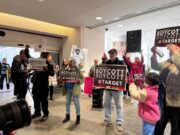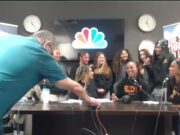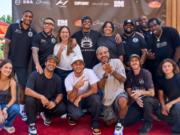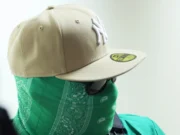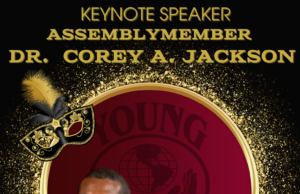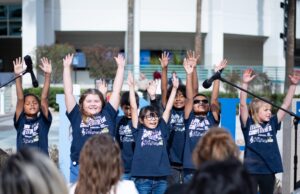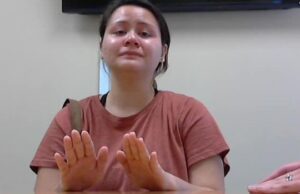Tag: slider
A Night of Power and Purpose: Time for Change Foundation’s 23rd...
ONTARIO, CA— The lights dimmed, the music swelled, and for one unforgettable night, every seat at Time for Change Foundation’s 23rd Annual Awards Gala...
Assemblymember Dr. Corey A. Jackson to Deliver Keynote at 2025 Mayor’s...
SAN BERNARDINO, CA – The Young Visionaries Youth Leadership Academy is proud to announce that California State Assemblymember Dr. Corey A. Jackson will serve as the keynote...
Honoring Lives Lost: Families and Friends of Murdered Victims, Inc. Hosts...
By Angela M. Coggs
In a deeply moving and powerful tribute, the first annual memorial event hosted by Families and Friends of Murdered Victims, Inc....
7 Out of 10 Public School Students in the Inland Empire...
INLAND EMPIRE, CA— College acceptance and financial aid letters are arriving soon, and high school seniors and college students have a major opportunity to...
10-Year-Old Whiz Kid to make history as Crafton Hills College’s youngest...
YUCAIPA, CA--- A 10-year-old girl from San Bernardino, Calif., is set to make Crafton Hills College history this May when she becomes the youngest...
Riverside County Unites for Child Abuse Prevention Month
RIVERSIDE, CA--- April is National Child Abuse Prevention Month, a time to raise awareness and take action to protect children from abuse and neglect....
Women Making History: A Night of Laughter, Empowerment, and Celebration
SAN BERNARDINO, CA— The first annual “Women Making History” Comedic Celebration, hosted by Young Women’s Empowerment (YWE), exceeded all expectations and was yet again...
Six High-Performing SBCUSD Middle Schools Recognized as 2025 Schools to Watch
SAN BERNARDINO, CA--- Six middle schools in the San Bernardino City Unified School District (SBCUSD) have been designated as 2025 California Schools to Watch by the...
Speaking with Confidence
Alpha Phi Alpha and Alpha Kappa Alpha 37th Oratorical Contest
RANCHO CUCAMONGA, CA--- Approximately thirty scholars grades 1st through 12th presented speeches with confidence on...
Sierra High School Holds Ribbon Cutting for New Student Wellness Center
SBCUSD Campus Also Celebrates Grant to Launch Pilot Youth Mental Health Program
SAN BERNARDINO, CA—San Bernardino City Unified School District's (SBCUSD) Sierra High School held the ribbon cutting...
